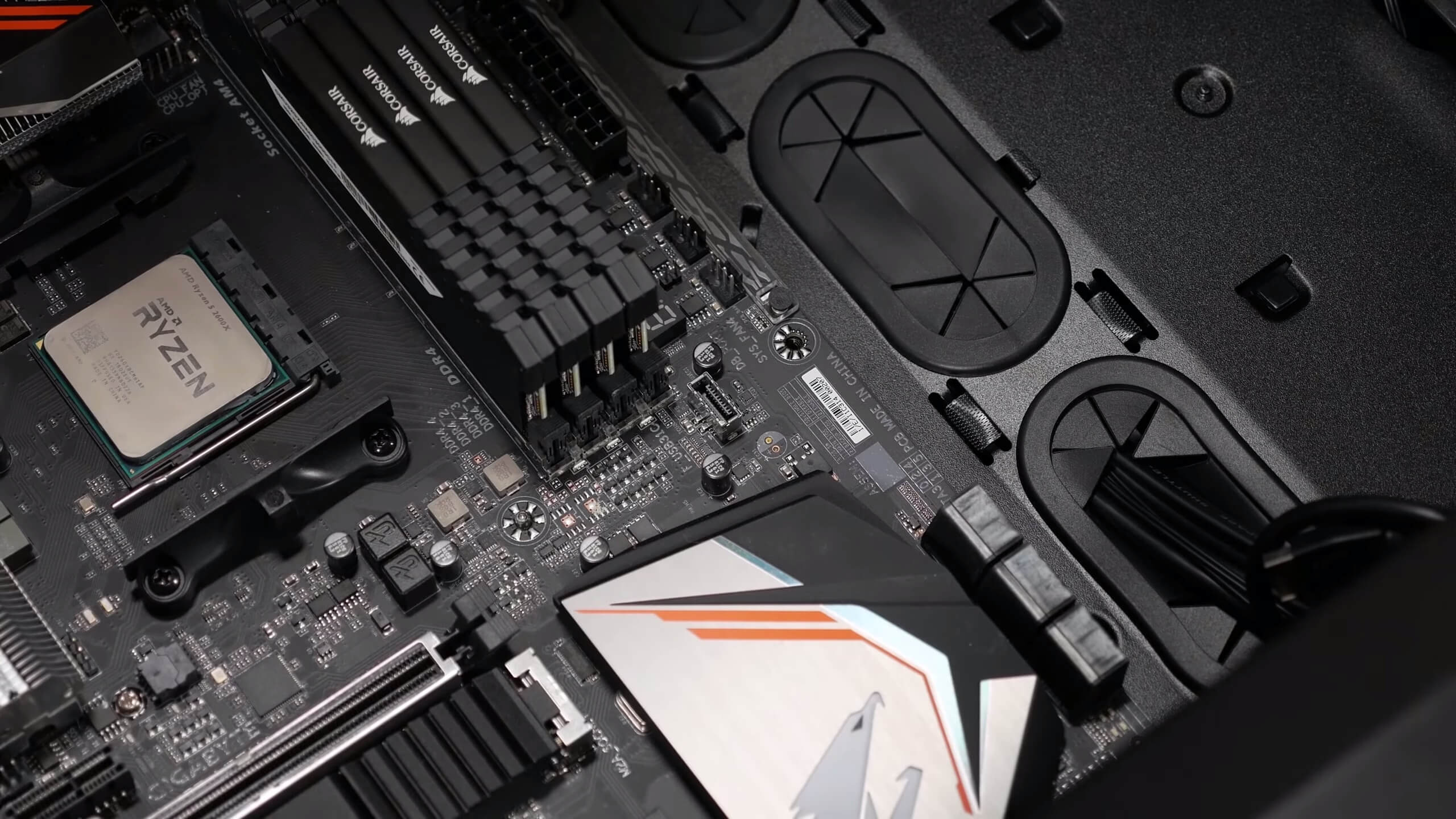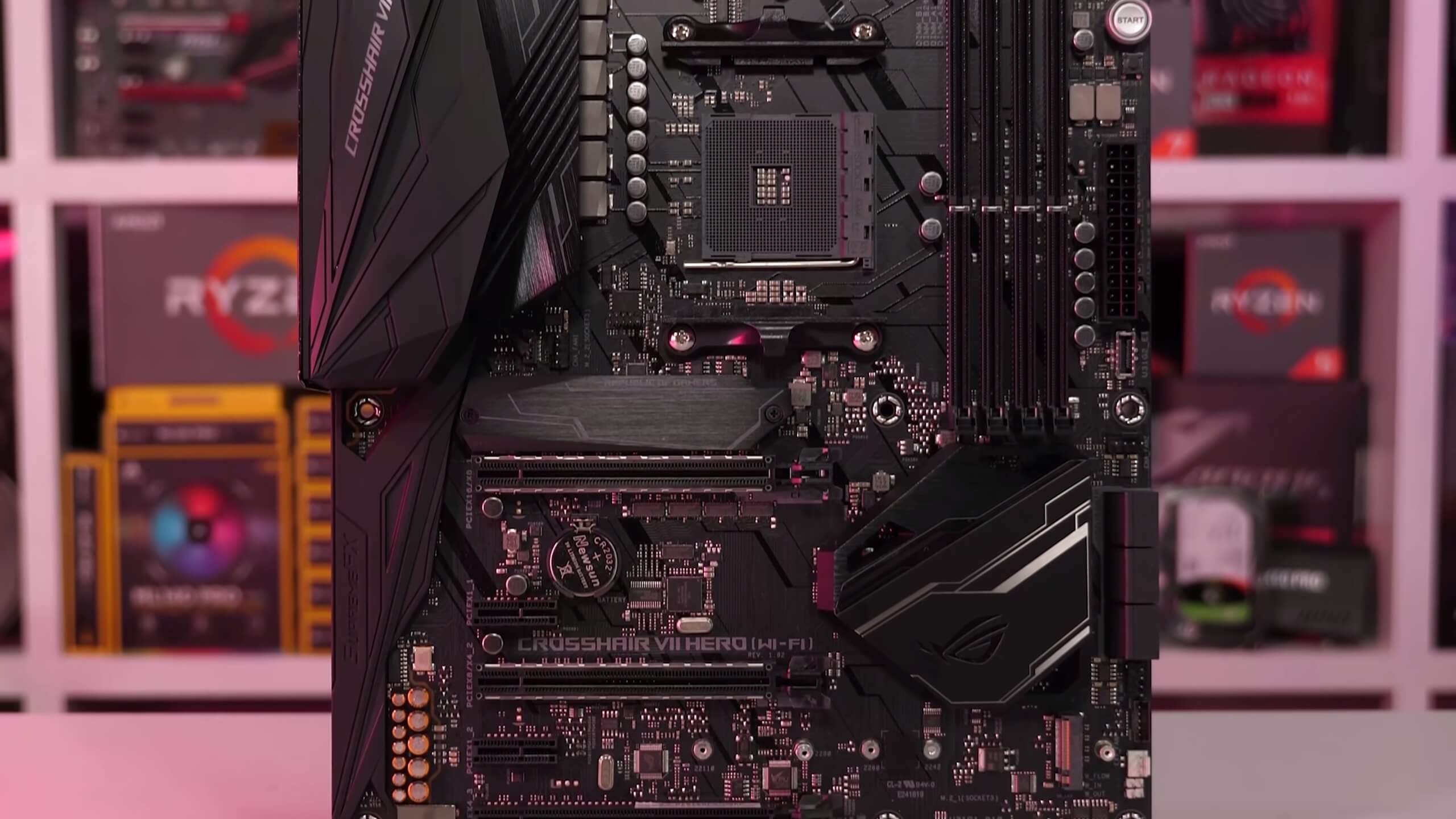Putting It All Together
Ok, that was a massive session. So now let's put it all together with a look at the average performance across the 36 games tested, let's do that first.
Starting with the 720p results where we had the least chance of being GPU limited, we see that the Core i5-8400 was on average 13% faster than the stock Ryzen 5 2600. That's not a huge margin but noteworthy enough. The frame time performance was closer but even here the 8400 was still 10% faster. Overclocking did hand Ryzen the advantage and now the 2600 was 7% faster for the 1% low result and 5% faster for the average frame rate.
Moving to 1080p we see all margins reduced and here overclocking only provided a 13% performance increase and this meant the 2600 was 7% faster than the 8400 for the 1% low result and just 3% for the average frame rate. As expected the margins continued to shrink as the resolution increased and at 1440p there is very little difference between the three configurations.

The Core i5-8400 was faster in more games out of the box but starts to lose out once the Ryzen 5 2600's overclocked. So which one is better? Next question, please. Seriously, this is a hard one to settle, but here goes nothing.
For those gaming exclusively, the Intel Core i5-8400 is arguably the better option. It's certainly more cost effective and requires far less messing around to achieve the performance shown in this article.
The reason I often pick the Ryzen 5 2600 over the Core i5-8400 is because it's a better all-rounder, it offers noticeably better performance in core heavy workloads and for the most part gaming performance is indistinguishable since you're almost always GPU bound and we see this when looking at the 1440p results using the mighty GTX 1080 Ti.
The overclocked Ryzen 5 2600 outscores the Core i5 by a 60% margin in Cinebench, is 34% faster in Blender and decompresses archives using 7-Zip up to 70% faster. Even stock there are few productivity workloads where the 6-core/6-thread Core i5 can beat or even match the 6-core/12-thread R5 2600.
But when it comes to games the Core i5-8400 simply gets it done with less fuss. To replicate the performance seen in this article you merely need a basic B360 board, some low latency DDR4-2666 memory, and well... a GTX 1080 Ti, but you get the point. It's also possible to squeeze another 5-10% out of the 8400 by using a Z370 motherboard and DDR4-3200 memory, though those gains are only realized with a high-end graphics card.
The stock out of the box Ryzen 5 2600 performance can be achieved for roughly the same price as the budget Core i5-8400 build, and given the Intel CPU was faster overall this makes it the better value choice for gamers.
The overclocked configuration will require an upgraded cooler, but for the results shown here you'll also need a quality motherboard and premium Samsung B-die memory. I priced all this up and you'll be paying ~$420 for the Core i5-8400 platform, while the overclocked Ryzen build is more like $500 with a basic air-cooler.
So if you're strictly gaming the 20% price premium of the overclocked Ryzen build can't be easily justified for a 7% average gain. Alternatively, you could spend $500 on the Coffee Lake build and get the 8600K with a basic air cooler, enable MCE, and you've got an unstoppable gaming rig.
But, if you do other things besides gaming then the Ryzen shines and the premium is easily justified. Personally I'd go for the Ryzen 5 2600 as I play games but also create video content and the time savings every day encoding will certainly add up. And that's it for this one, you should now be armed with all the facts you need to make an informed purchase, so good luck.
Shopping Shortcuts:

